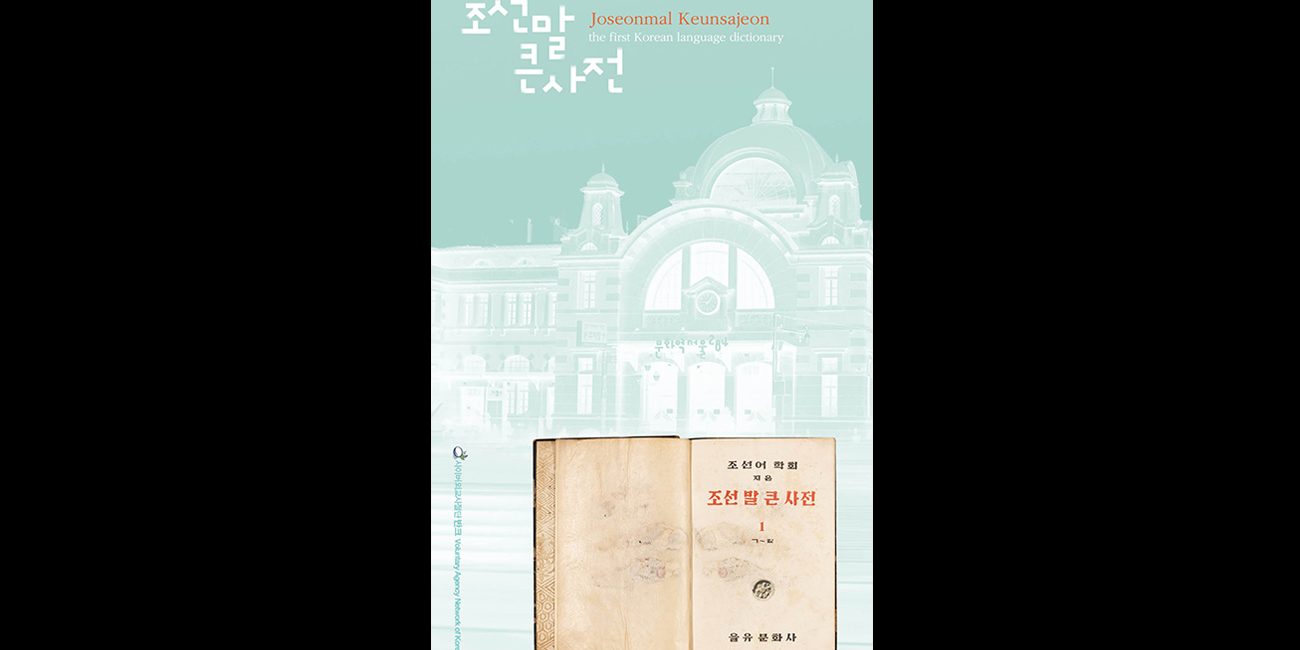On September 8, 1945, a lost treasure was found in a storage at Seoul Station. It was the manuscript of Joseonmal Keunsajeon (The Comprehensive Korean Language Dictionary) that had been lost since its confiscation by police during the Japanese Occupation Period (1910-1945). The manuscript consisted of 26,500 pages. After two years of sorting and editing, the first volume of the dictionary was published in 1947, and the final sixth volume was published in 1957. The long journey of creating the first Korean language dictionary, starting in 1929, finally came to fruition. It was a part of efforts to preserve the Korean national identity against Japan’s attempt to destroy the Korean language and culture.
Koreans were forced to abandon their language after Japan took over Korea in 1910. Despite Japan’s surveillance and suppression, dedicated Korean linguists continued their efforts to protect the Korean language of Hangeul. In October 1929, they organized the Korean language dictionary editorial board and launched an ambitious dictionary compilation project. In 1933, they released Korean language standards by collecting Korean vocabulary, standardizing loanword adaptations, and revising the Japanese colonial government’s Korean spelling system.
Japan intensified its suppression of the Korean language. In 1938, Japan abolished the Korean language class and forced Koreans to use Japanese in Korean school. In 1940, it discontinued the publication of all Korean-language newspapers and magazines and forced Koreans to adopt Japanese family names. In 1942, Japan destroyed the Korean Language Society that was leading the effort to publish the Korean language dictionary by arresting all its members and confiscating the dictionary’s manuscript. Sixteen Korean linguists were arrested, two of whom were tortured to death in prison. In 1945, the surviving linguists were released after Korea regained its independence. The manuscript was also miraculously found in the same year. The Joseonmal Keunsajeon manuscript is a treasure that shows Koreans’ determination to protect their language during their darkest period in history.
